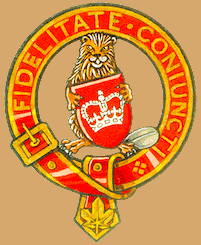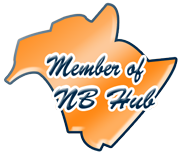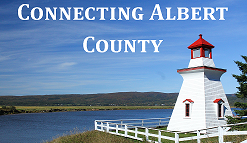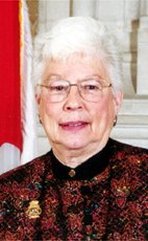year makes. This time last May Canada was still coming to
terms with what fighting Covid-19 would look like (even as
New Brunswick remained an island of security) and we didn't
know when things would start looking up. But now there is
light at the end of the tunnel and a hope that the events of the
past year and a half can finally be behind us. Queen Victoria
herself lived through the cholera pandemic of 1854
which she noted in her diary along with meeting Florence
Nightingale. Much like the current pandemic there was a
great deal of fear. No one knew how cholera spread and
victims would often die within days. This actually leads to an
odd connection. The doctor who figured out what was causing
London's repeated cholera outbreaks was a man by the name
of John Snow. In previous years he had used anesthesia to
help the Queen give birth to two of her children. Anesthesia
had until this point been seen as unethical to administer
during childbirth but the Queen's repeated use of it and John
Snow's research into making anesthesia safer led to it being
more widely used in the following years.
The month of May also marks seven years of The Maple
Monarchists. The rest of this post is a bit of an update
on what I've been up to over the last year as Longtime readers
will note that I don't post as often as I once did. This largely
due to other activities taking up an ever larger portion of my
attention.
For starters, I continue to be the New Brunswick Chairman of
the Monarchist League of Canada. Recently a list of educators
in the province was compiled so that educational resources on
the monarchy can more easily be made available to classroom
teachers.
I'm also a moderator of a monarchist subreddit. While I have
been a moderator for many years now, the growth of the
subreddit over the last two years has been exponential. It has
now surpassed 27,000 members and the moderation team
has had to step up its efforts as a result.
In a bit of news more related to this blog I have received an
offer from a French Canadian to translate some of the articles
I post. It is possible that most future articles will be bilingual.
Stay tuned for more information on this.
Loyally Yours,
A Kisaragi Colour
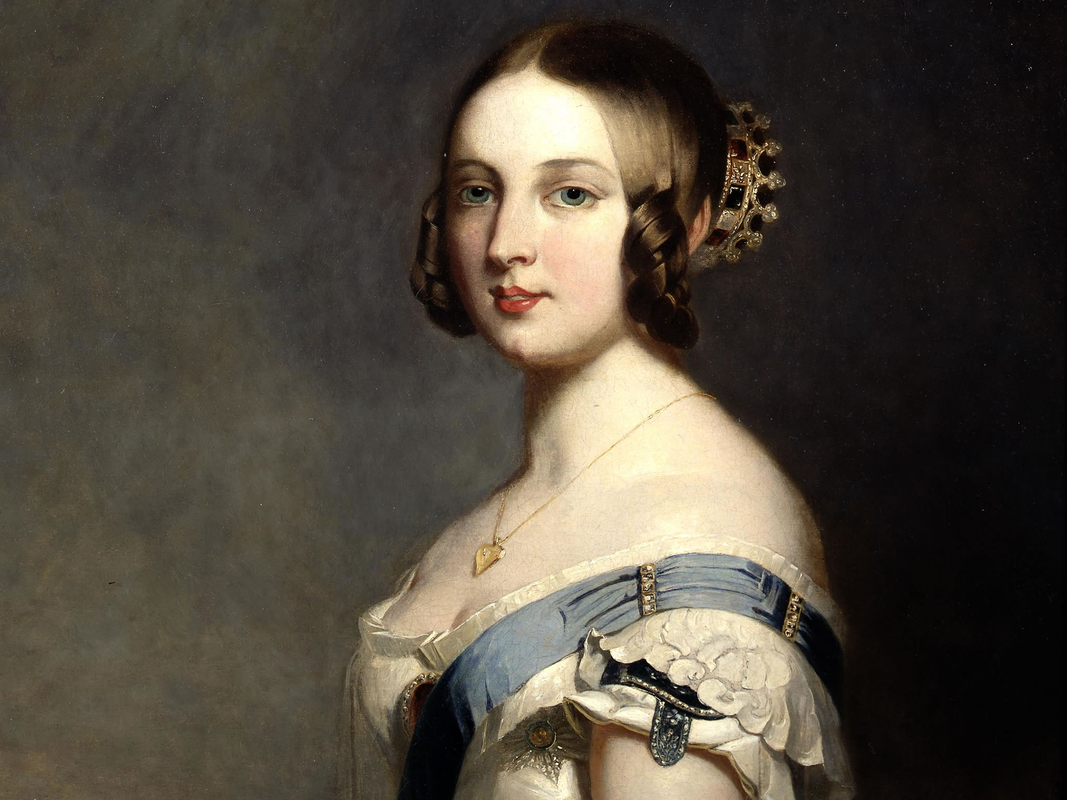
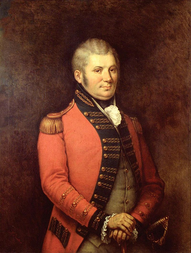
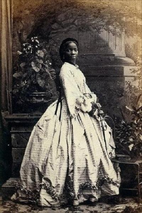
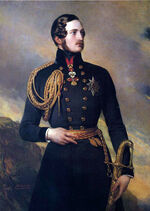
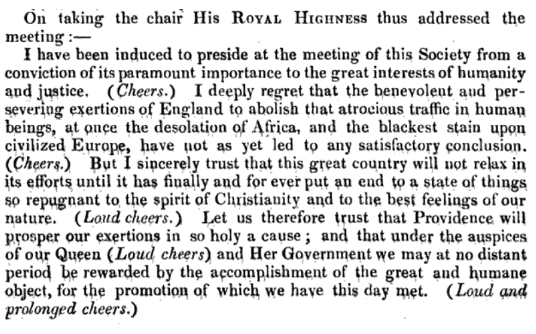
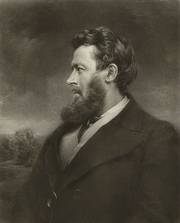
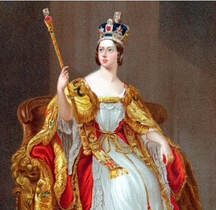
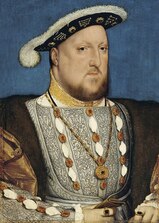

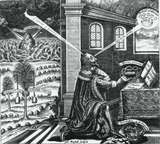
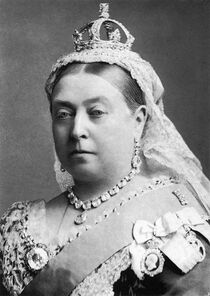
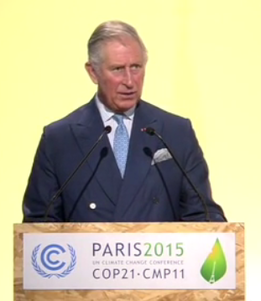

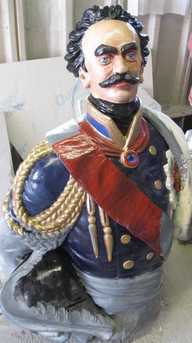
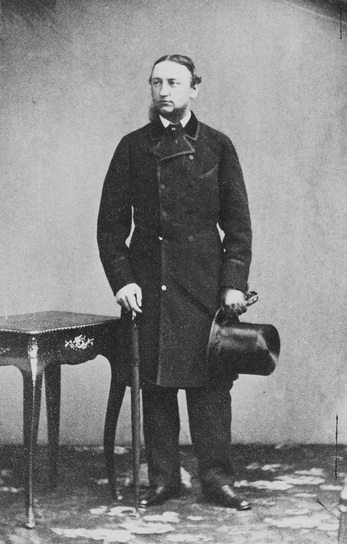
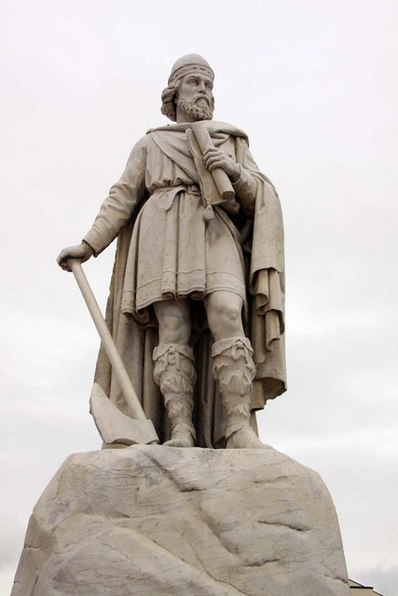
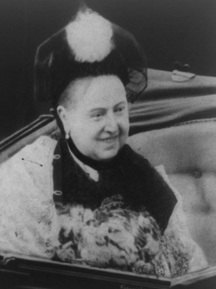
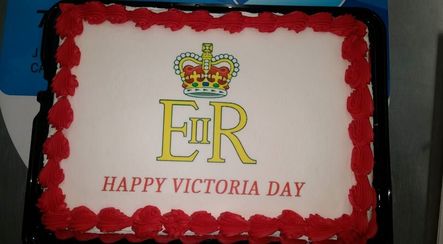
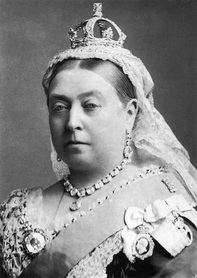
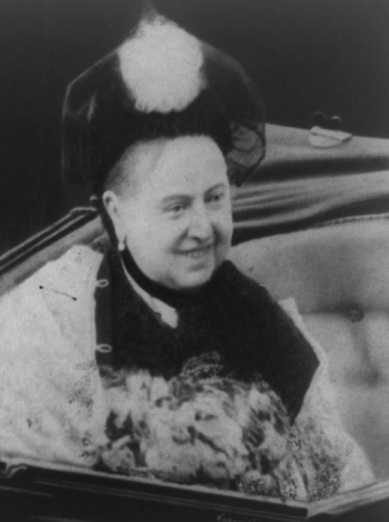
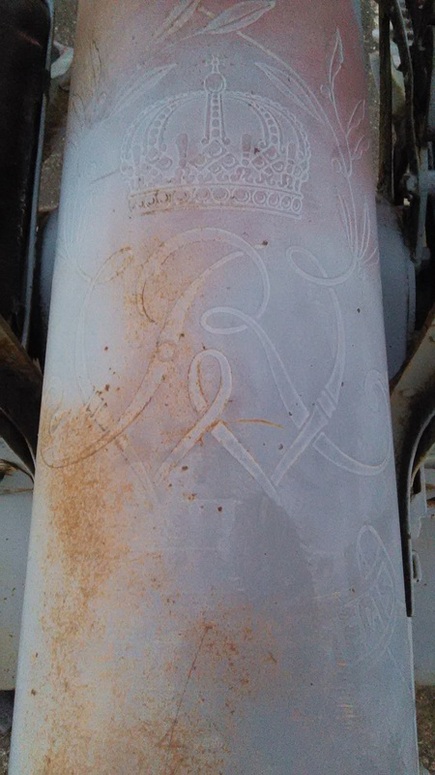
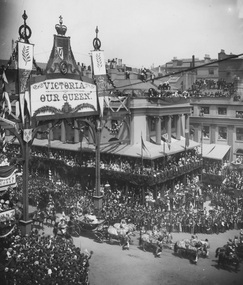
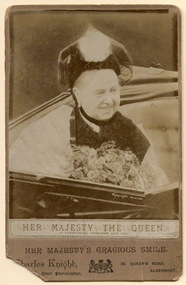
 RSS Feed
RSS Feed
